As the vibrant colors of fall sweep across Northeast Ohio, it’s time to prepare your yard and garden for the cold months ahead. A thorough fall cleanup is essential not only to protect your landscaping investment but also to ensure that your lawn and garden come back healthier and stronger in the spring.
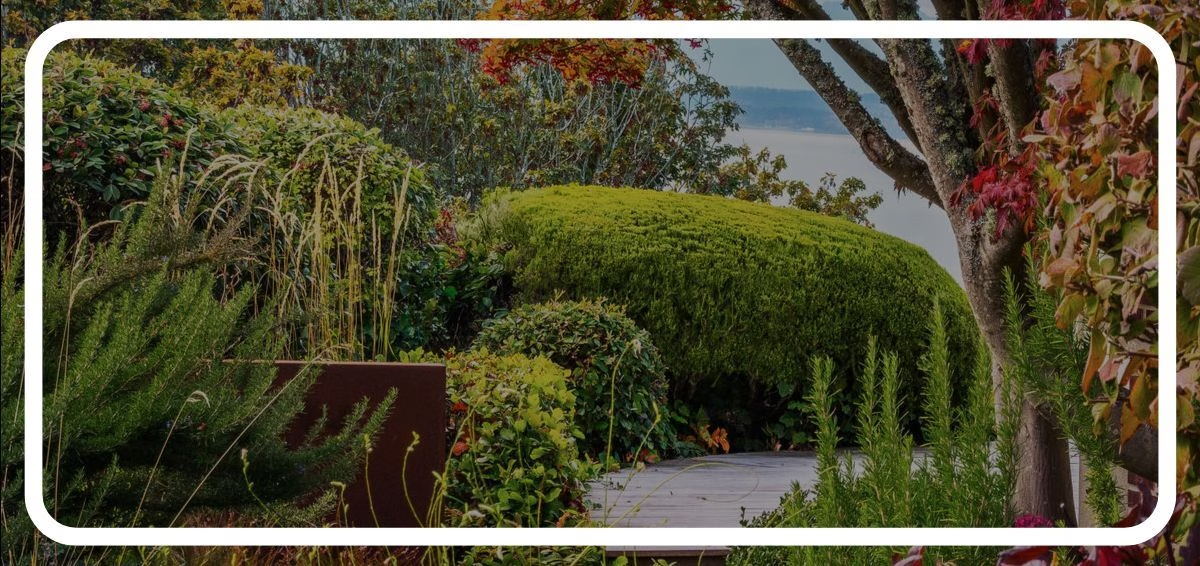
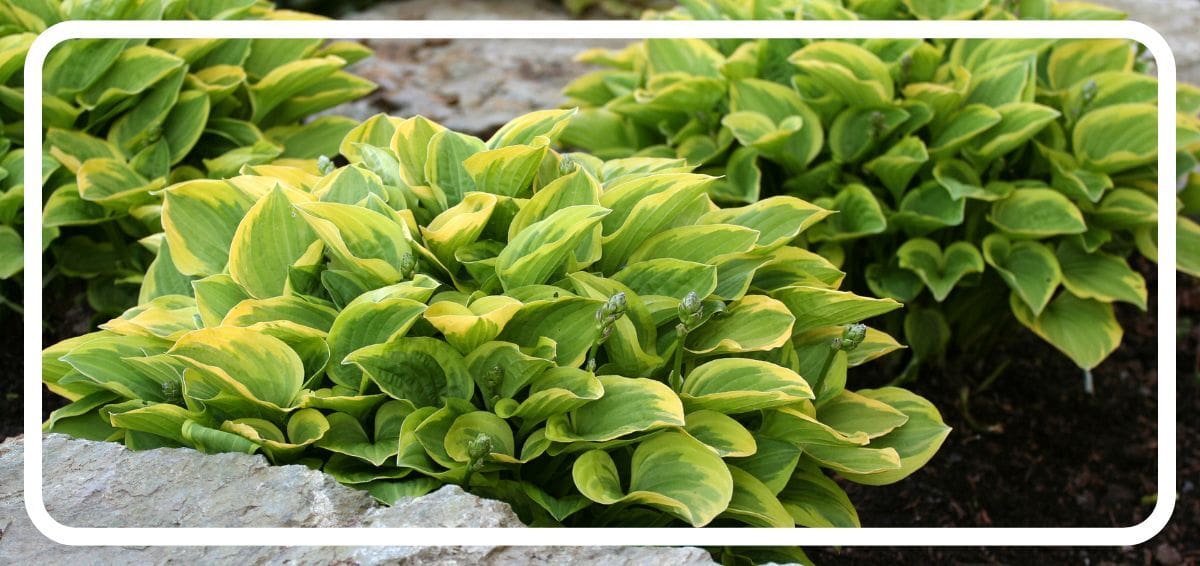
Whether you’re a seasoned gardener or simply want to keep your yard looking its best, these expert strategies for fall garden care and lawn preparation will help you tackle the season with confidence.
General Garden Cleanup & Preparation
Fall is the ideal time to “put your garden to bed.” This means removing dead or spent plants, managing weeds, and enriching your soil to set the stage for spring growth. Start by clearing out annuals, trimming back perennials, and removing any plant debris that could harbor pests or diseases over the winter.
- Remove spent plants and debris: Dead plant matter should be cleared from garden beds and composted, unless diseased. Diseased plant materials should be bagged and discarded to prevent the spread of fungal spores and pathogens.
- Control weeds: Pull existing weeds by hand or use an herbicide where appropriate. Applying a pre-emergent weed control product like Preen® can prevent cool-weather weeds from establishing roots, making your spring cleanup much easier.
- Soil testing and amendments: Northeast Ohio gardens often benefit from pH balancing. Test your soil, aiming for a pH of 6.5 to 7 for vegetable beds. Add lime to raise the pH or use products like Soil Acidifier or Sphagnum Peat Moss to lower it, depending on the results. Testing also helps you identify nutrient deficiencies before they impact next year’s crops.
- Replenish nutrients: Fall is the perfect time to mix in compost, manure, or organic matter like Sweet Peet® to restore depleted nutrients and improve soil structure. This natural boost enhances root development and microbial activity.
- Plant cover crops: Consider planting winter rye or winter wheat in bare garden beds. These cover crops suppress weeds, prevent erosion, improve drainage, and add organic matter when tilled under in spring.
How to Prepare Your Lawn for Winter
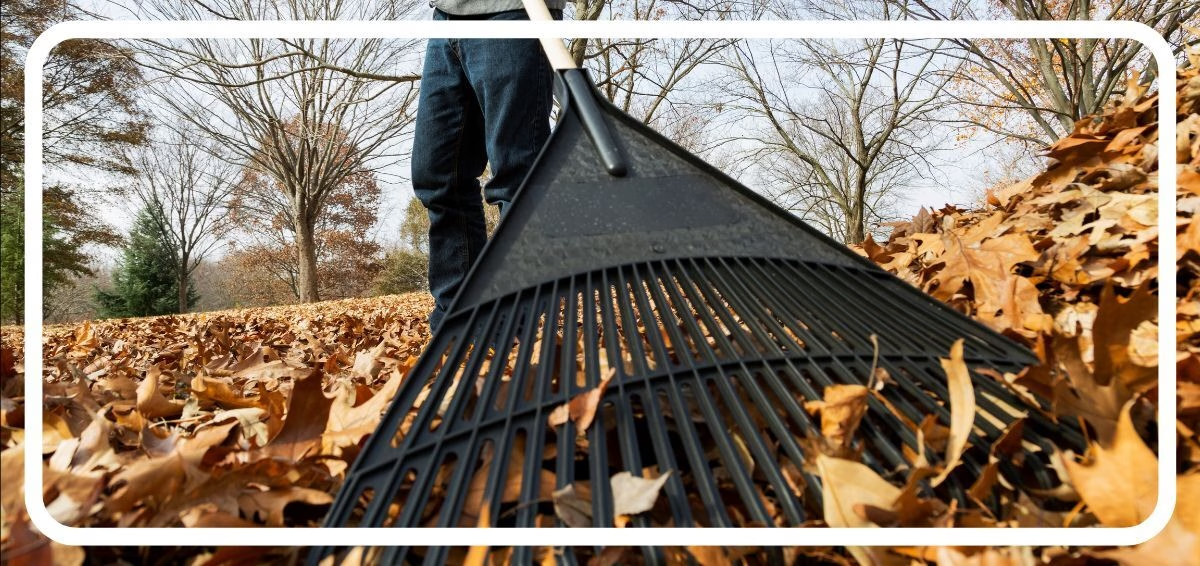
Northeast Ohio winters can be harsh, but proper fall lawn care sets your grass up for success. The key is to give your lawn what it needs to endure the cold and bounce back lush in the spring.
- Rake leaves regularly: Don’t let leaves pile up and suffocate your grass. Instead, mulch them with a mower or rake them into garden beds to break down naturally and feed your soil.
- Dethatch and aerate: If your lawn has more than half an inch of thatch, it’s time to dethatch. Aeration relieves compaction, allowing water, air, and nutrients to reach the root zone. This is especially important after a busy summer of lawn traffic and drought.
- Overseed bare patches: Cool-season grasses, which dominate Northeast Ohio lawns, thrive when seeded in the fall. Overseeding helps fill thin areas, crowd out weeds, and improve the overall look and health of your lawn. Seed while the soil is still warm enough to promote germination.
- Fertilize appropriately: Apply a nitrogen-rich, slow-release fertilizer in early fall to help the grass recover from summer stress and build up energy reserves before winter dormancy.
- Final mowing: Your last mow of the season should be at your usual mowing height (typically 2.5 to 3.5 inches). Follow the one-third rule to avoid stressing your lawn; never remove more than ⅓ of the grass blade’s height in a single mow.
- Water as needed: Continue watering deeply until the ground freezes, especially if the weather stays dry. Aim to water early in the day to avoid disease. Roots continue to grow even as top growth slows.
Plant-Specific Fall Care
Different plants require tailored fall care depending on their type and age. Understanding your plants’ specific needs will ensure they come back strong in the spring.
- Know your zone: Northeast Ohio lies in USDA zone 6, so choose plants that can withstand temperatures as low as -10°F. Tender perennials, new plantings, and container plants may need extra protection.
- Prune strategically: Avoid heavy pruning in the fall. Limit yourself to removing dead, diseased, or damaged wood. Pruning too late in the season can encourage new growth that may not harden off before frost.
- Mulch after the ground freezes: Apply 2–4 inches of mulch like wood chips or shredded bark around trees, shrubs, and perennials. Wait until the soil has frozen to prevent mice or voles from nesting underneath. Mulch helps insulate roots, conserve moisture, and suppress winter weeds.
- Deep water trees and shrubs: Before the ground freezes, give your trees, shrubs, and evergreens a deep watering. This protects their root systems and helps them retain moisture through the winter.
- Protect sensitive plants: Use burlap wraps, frost blankets, or tree guards for vulnerable plants. These help prevent windburn, sunscald, and critter damage. Young trees may benefit from trunk protection to avoid splitting or bark damage.
- Bring tender plants indoors: Move potted herbs and tropicals indoors before temps fall below 40°F. Acclimate them gradually by bringing them in during cool nights before fully transitioning. Consider grow lights if you lack a bright window.
- Lift and store bulbs: Dig up summer bulbs like dahlias, cannas, and gladiolus after the first frost. Dry them out and store in a cool, dark place in peat moss or sawdust until spring.
Fall Bulb Planting
Fall is the perfect time to plant spring-blooming bulbs. These hardy beauties need a period of cold dormancy to bloom properly, making Northeast Ohio’s climate ideal.
- Choose the right bulbs: Select varieties like tulips, daffodils, hyacinths, crocus, and alliums that thrive in USDA zone 6. Look for firm, healthy bulbs free of mold or soft spots.
- Timing is key: Plant bulbs 6–8 weeks before the ground freezes, typically mid-September through early November. This gives them time to establish roots before winter.
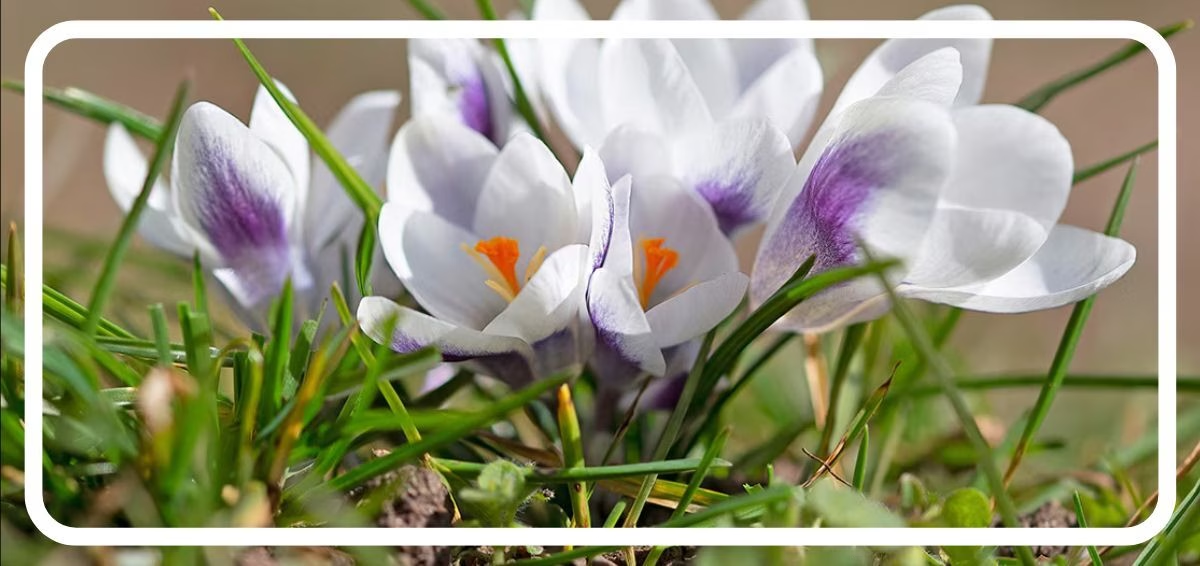

- Plant at the proper depth: As a rule of thumb, plant bulbs 2–3 times as deep as they are tall. Pointy side up, root side down.
- Amend your soil: Mix in compost or bulb fertilizer to improve drainage and nutrient content. Bulbs don’t like soggy soil, so avoid planting in low, wet areas.
- Water well: After planting, water thoroughly to settle the soil and kickstart root growth. No need to water again unless the fall is unusually dry.
- Mark your spots: Use plant markers or garden maps so you don’t accidentally dig them up during spring planting.
- Protect from critters: Squirrels and deer love to dig up tulips. Try laying chicken wire over newly planted areas, or opt for less tasty bulbs like daffodils.
Tool Maintenance & Storage
Fall is also the perfect time to give your garden tools some TLC before storing them for winter.
- Clean and sharpen tools: Remove dirt, sap, and rust from shovels, pruners, and trowels. Sharpen blades and oil metal parts to prevent corrosion.
- Condition wooden handles: Rub boiled linseed oil into wooden handles to prevent cracking and splintering during winter storage.
- Winterize sprayers and spreaders: Clean all internal parts, remove leftover fertilizers or chemicals, and lubricate moving components.
- Drain and coil hoses: Make sure garden hoses are drained and stored indoors or in a frost-free location. Store them rolled flat to prevent damage.
- Prep snow gear early: Clean and wax your snow shovel or snowblower blades now to prevent sticking once the snow hits.
- Organize your storage: Store tools in a dry, tidy place like a shed or garage to prolong their lifespan and make your spring start-up more efficient.
Prepping Water Features and Irrigation Systems for Winter
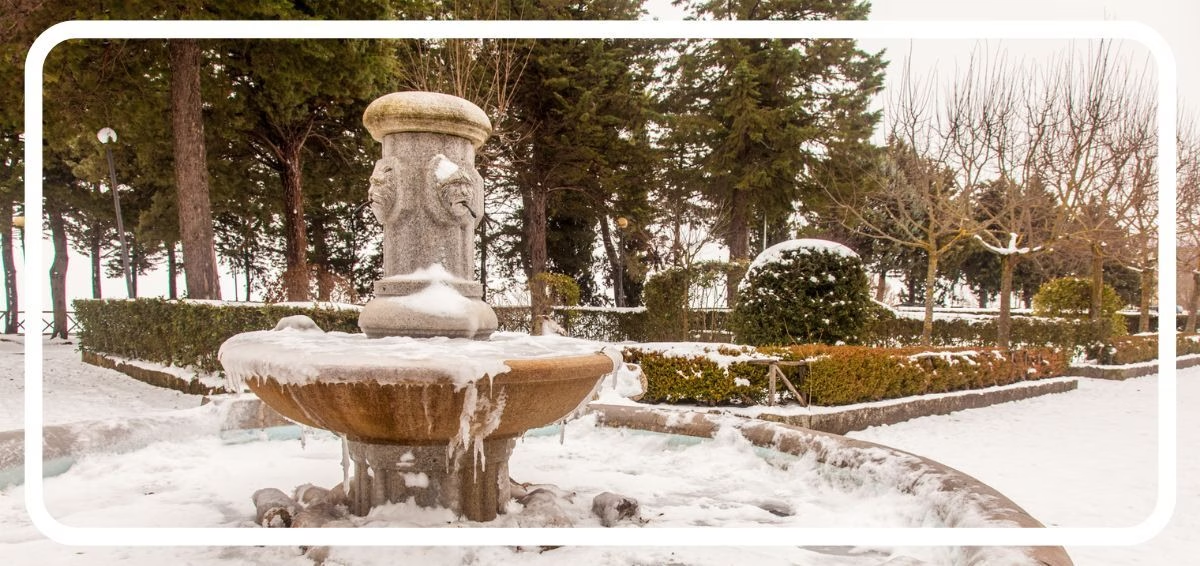
As the temperatures begin to drop, it’s essential not to overlook your water features and irrigation systems. Freezing temperatures can cause significant damage if systems aren’t properly winterized.

- Shut off water supplies: Disconnect and shut off the water supply to fountains, ponds, and irrigation systems. Drain any remaining water from the lines to prevent pipes from freezing and bursting.
- Clean water features: Remove debris, leaves, and algae from ponds, fountains, and other water features. This reduces the risk of clogging and helps prevent decay over the winter.
- Store pumps indoors: If your water feature uses a pump, remove it and store it in a dry place. Clean and inspect it before storing to ensure it works properly next season.
- Add de-icers or aerators: For ponds with fish, consider installing a floating de-icer or aerator to maintain a small opening in the ice. This allows for proper gas exchange and keeps your fish safe.
- Insulate exposed components: Wrap above-ground pipes and exposed fixtures with foam insulation or covers designed for winter protection.
- Check for leaks: Before shutting down your irrigation system completely, inspect it for leaks or damage that can be repaired over winter, ensuring it’s ready for spring startup.
Conclusion
Taking time to properly clean up and care for your yard and garden in the fall pays off in healthier plants, fewer pests, and a more manageable landscape come spring. With Northeast Ohio’s fluctuating climate, it’s essential to follow these steps for garden cleanup, lawn care, and winter prep. Smart fall prep now leads to less stress and better results when warmer weather returns.
If you’d prefer to spend your weekends enjoying fall rather than working through a to-do list, Lifestyle Landscaping can help. Our expert team offers seasonal cleanups, garden care, and customized lawn maintenance.
Contact Lifestyle Landscaping today to schedule your fall yard and garden cleanup and head into winter with peace of mind and a landscape that’s ready to thrive.

